What Are Diecast Cars?
Diecast cars are miniature vehicles manufactured using a die-casting process. This involves injecting molten metal, typically zinc alloy, into molds to create highly detailed replicas of real-life automobiles. They are prized for their accuracy, durability, and collectibility. The term “diecast” refers to the method of manufacturing, where molten metal is forced into a mold under high pressure. These models range from simple toys to intricate collectibles, appealing to a broad audience of enthusiasts. The level of detail can vary widely, from basic representations to highly accurate recreations with detailed interiors, opening doors, and realistic paint jobs. These miniature vehicles capture the essence of automotive history and design, making them fascinating objects for both play and display.
The History of Diecast Cars
The history of diecast cars is rich, with roots in the early 20th century. Initially, these models were primarily toys, designed to provide children with affordable and durable representations of vehicles. Over time, the quality and detail of diecast cars improved significantly, transforming them from simple playthings into highly sought-after collectibles. Early diecast cars were often made of lead or other metals, but as manufacturing techniques evolved, zinc alloys and other materials became more common. This shift led to increased detail and durability, making these models more appealing to collectors and enthusiasts. The evolution of diecast cars reflects the progress of manufacturing technology and the changing preferences of consumers, highlighting their enduring appeal.
Early Days
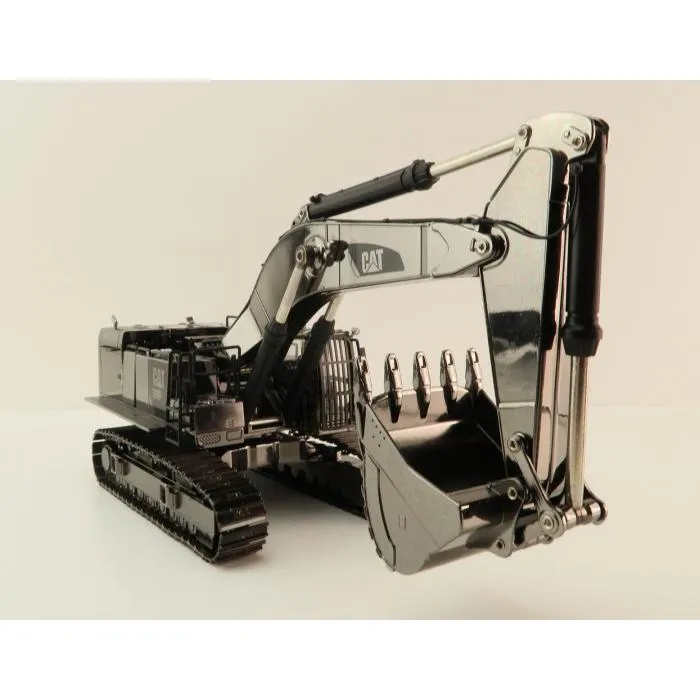
The early days of diecast cars saw simple designs and basic construction. These early models were typically made from inexpensive materials and were intended as children’s toys. They often featured simplified details and were built to withstand rough play. Companies like Dinky Toys and Corgi played significant roles in the early diecast car market, producing models that captured the imagination of children. The focus was on affordability and durability, with less emphasis on detailed accuracy. Despite their simplicity, these early models laid the foundation for the sophisticated collectibles we see today. The materials used were basic, the techniques were rudimentary, but the appeal was undeniable.
Evolution of Manufacturing
As manufacturing technology advanced, so did diecast cars. The use of more precise casting techniques and improved materials, such as zinc alloy, allowed for greater detail and realism. Manufacturers began to focus on creating more accurate representations of real-life vehicles, incorporating features like opening doors, detailed interiors, and realistic paint jobs. This evolution transformed diecast cars from simple toys into sophisticated collectibles. Companies invested in better tooling and employed skilled designers to create more appealing models. The demand for greater detail and accuracy drove innovation, leading to the high-quality diecast cars available today. This constant strive for realism is what attracts collectors.
Why Collect Diecast Cars?
Collecting diecast cars is a rewarding hobby with various appeals. For some, it’s the nostalgia of reliving childhood memories, while for others, it’s the appreciation of automotive design and history. Diecast cars offer a tangible connection to the world of automobiles, allowing enthusiasts to own miniature versions of their favorite vehicles. Collecting provides a sense of community, with collectors sharing their passion and knowledge. These models can also be a good investment over time, with certain rare or limited-edition models appreciating in value. The diversity of models available ensures there’s something for everyone, from classic cars to modern sports cars, making it an inclusive hobby for all. The history and craftsmanship of these models often make them more than just collectibles.
Types of Diecast Cars
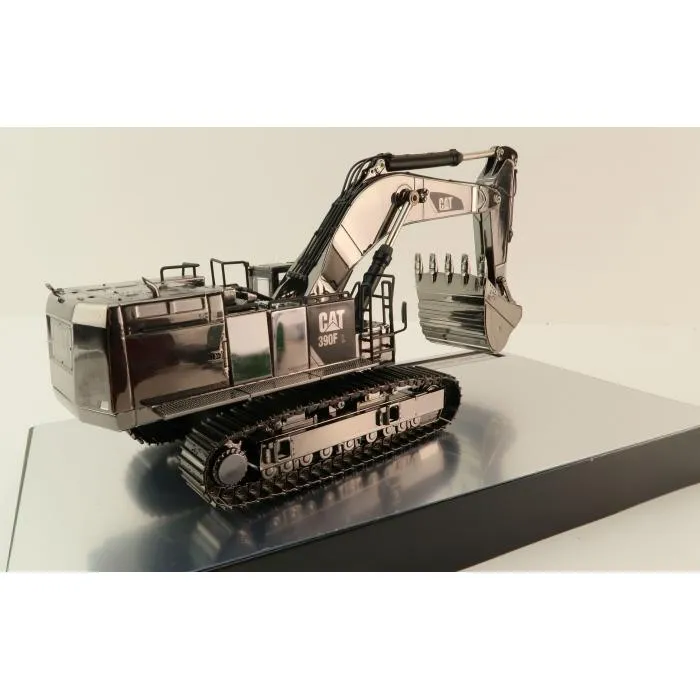
There’s a vast range of diecast cars available, catering to diverse tastes. From classic cars to modern sports cars, trucks, and even military vehicles, the variety is extensive. Collectors can specialize in specific makes, models, scales, or eras, creating personalized collections that reflect their interests. The availability of different types ensures that collectors can find models that resonate with them. Some popular categories include vintage cars, muscle cars, racing cars, and limited-edition models. The options are endless, making it easy to build a collection that is unique and representative of individual preferences and passions. Special editions and rare models often hold significant value.
Scale Matters
Scale is a crucial factor in diecast car collecting, determining the size and detail of the models. Common scales like 1:18, 1:24, and 1:64 offer varying levels of detail and allow for different display options. The scale determines the accuracy of the model relative to the real vehicle, influencing the level of detail and the overall aesthetic. Larger scales, such as 1:18, typically offer more detail but require more display space, while smaller scales, like 1:64, are more compact and affordable. Choosing a preferred scale is a key aspect of building a collection, as it dictates the size and scope of the models that will be included. Many collectors specialize in specific scales.
Popular Scales
Several scales are popular among diecast car collectors. 1:18 scale is known for its high level of detail and is favored by collectors who appreciate intricate models. 1:24 scale is another popular choice, offering a balance between detail and size. 1:64 scale is widely popular for its affordability and ease of collecting, making it a favorite for beginners and those with limited space. Other scales, such as 1:43 and 1:12, also have dedicated followings. The choice of scale often depends on personal preference, budget, and available display space, so choosing the right scale is important for any collection.
Materials Used in Diecast Cars
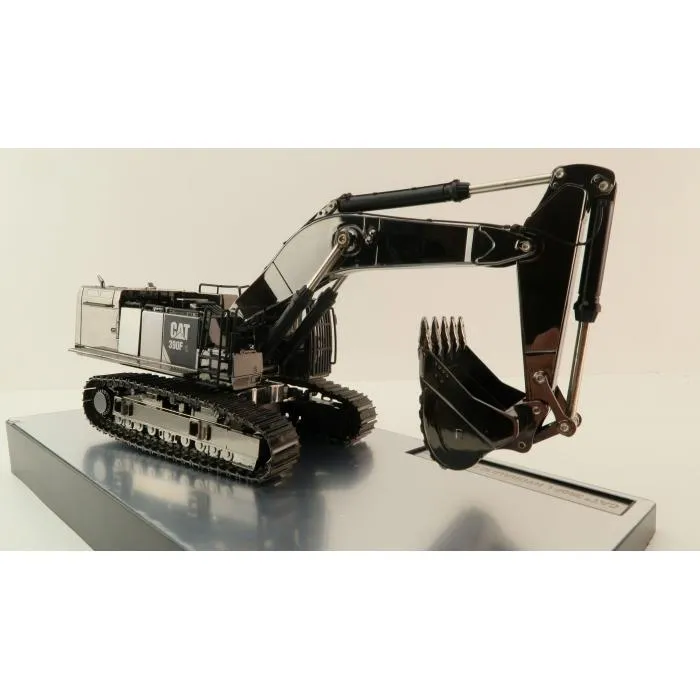
The materials used in diecast cars significantly impact their quality, durability, and appearance. Zinc alloy is the primary material, known for its ability to capture fine details and provide a solid feel. Other materials, such as plastics, rubber, and various metals, are used to create different parts of the model. The combination of materials and manufacturing techniques determines the overall quality and realism of the diecast car. The right blend of materials enhances the model’s aesthetic appeal and its ability to withstand handling and display. The use of specific materials depends on the design, scale, and cost considerations.
Zinc Alloy
Zinc alloy is the foundation of most diecast cars, prized for its excellent casting properties. This allows manufacturers to create highly detailed models with intricate features. Zinc alloy offers a good balance between durability and the ability to capture fine details, making it ideal for replicating the complex shapes of cars. Its weight also provides a satisfying feel, enhancing the collectibility of the models. The use of zinc alloy contributes to the overall quality and realism of the diecast cars, making it the preferred material for this purpose.
Plastics and Other Materials
While zinc alloy forms the main body of a diecast car, plastics and other materials are used for various components. Plastics are used for parts like interiors, wheels, and other details, providing flexibility and allowing for intricate designs. Rubber is typically used for tires, adding realism and functionality. Metals such as steel are used for axles and other structural elements. These different materials are carefully selected to complement each other, enhancing the detail, durability, and overall aesthetic of the model. The blend of materials enables manufacturers to create highly accurate and visually appealing diecast cars.
Diecast Cars as Investments
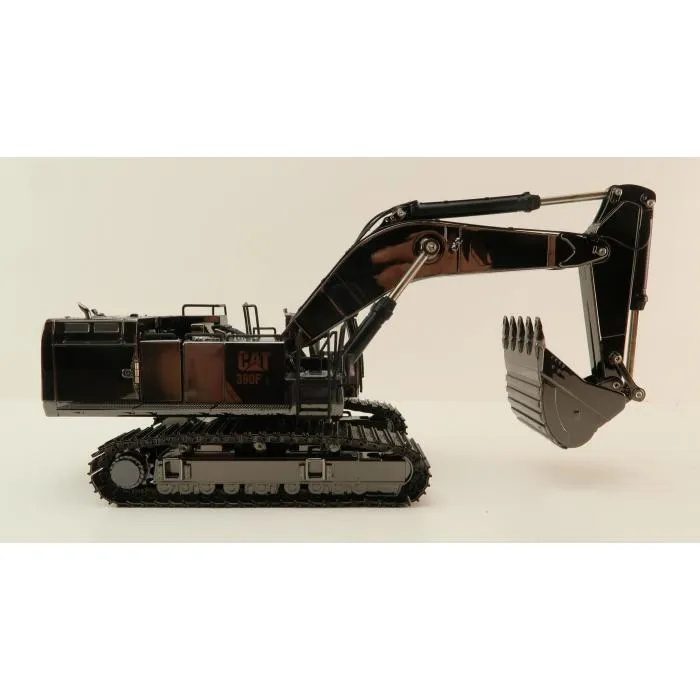
Some diecast cars can be excellent investments, appreciating in value over time. Limited edition models, rare releases, and models in mint condition often command higher prices. The value of a diecast car is influenced by its rarity, condition, and the demand among collectors. Certain models become highly sought after, increasing their value. As with any investment, it’s essential to research and understand the market before purchasing. Collectors must consider factors like the manufacturer, the specific model, and the overall condition of the car. The investment potential makes diecast cars even more appealing.
Factors Affecting Value
Several factors determine the value of diecast cars. Rarity plays a significant role, with limited-edition models and those produced in small quantities often being more valuable. The condition of the car is crucial; models in mint condition with their original packaging fetch the highest prices. Demand among collectors also influences value, with popular models and those from well-known manufacturers often being highly sought after. The model’s historical significance and the availability of similar models in the market are additional factors that affect its value. Understanding these factors is critical to assessing a diecast car’s investment potential.
Caring for Your Collection
Proper care is essential to preserving the value and condition of your diecast car collection. Dusting regularly is a must to prevent the accumulation of dirt and grime, which can damage the paint and details. Store your models in a cool, dry place, away from direct sunlight and extreme temperatures, to prevent fading and degradation. Handle your models with care, using soft cloths to avoid scratches. Consider displaying your collection in a glass case to protect them from dust and damage. By taking these precautions, you can ensure your diecast cars remain in excellent condition for years to come.
Where to Buy Diecast Cars

Diecast cars are available through various channels, catering to different preferences. Online retailers and specialty stores offer a wide selection, while brick-and-mortar stores provide the opportunity to see and handle the models before purchasing. Auctions and collector’s shows are great places to find rare models and connect with other enthusiasts. Buying diecast cars can be a mix of online shopping, visiting stores, or attending events. The right place to buy depends on what you are looking for.
Online Retailers
Online retailers offer a convenient way to purchase diecast cars. Platforms like Amazon, eBay, and specialized diecast car websites provide vast selections and competitive pricing. Online retailers also offer the convenience of browsing from the comfort of your home and comparing models from different brands and scales. Ensure you research retailers and check reviews before making a purchase. Online retailers have revolutionized the diecast car market, offering convenience and variety. They also offer a wide selection of models.
Brick and Mortar Stores
Brick and mortar stores offer a hands-on experience, allowing you to inspect the models and receive expert advice. Hobby shops, toy stores, and collector’s shops often stock a variety of diecast cars. Visiting these stores provides the opportunity to see the models up close and to interact with other collectors and enthusiasts. In-store shopping allows for immediate purchase and avoids shipping delays, providing a tangible shopping experience. They often have a knowledgeable staff that can help with any questions.
The Future of Diecast Cars
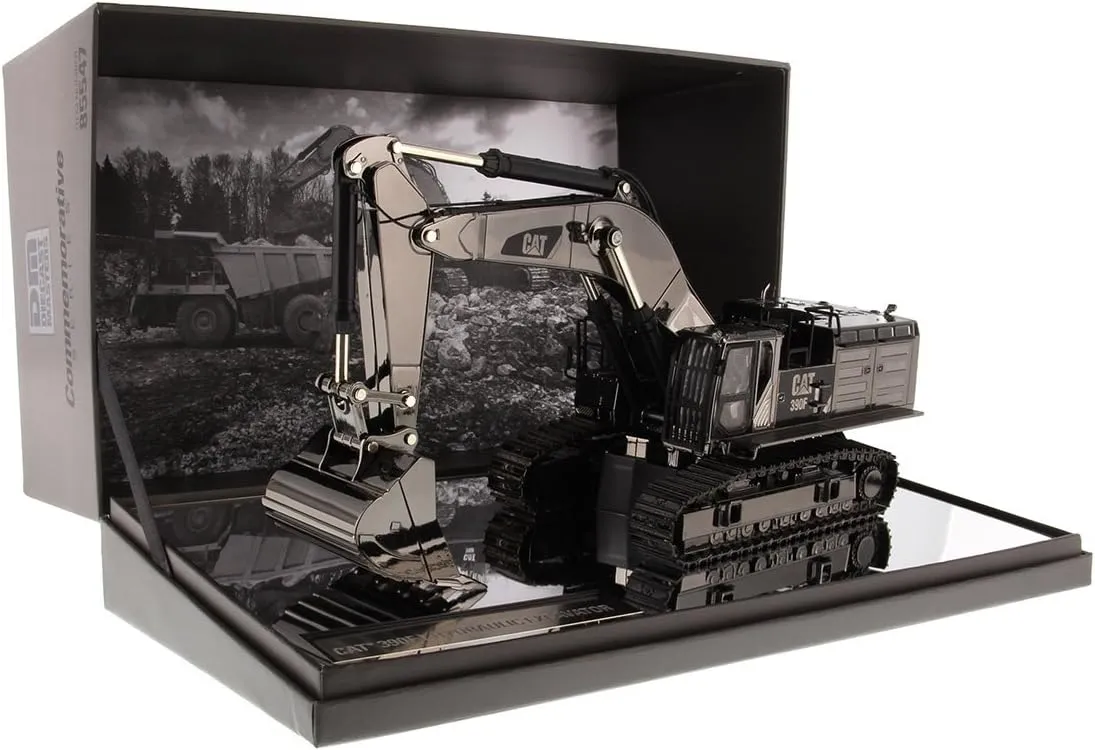
The future of diecast cars looks promising, with continued innovation in manufacturing and design. Advancements in technology are leading to even more realistic models. The rise of online communities and collector events is fostering a strong sense of community and enthusiasm. The increasing popularity of collecting, along with the enduring appeal of automobiles, ensures the ongoing success of diecast cars. As technology advances, they will continue to evolve and offer greater detail and realism. Their future is secured by the passion of collectors.
